The Best Vs. Worst Types Of Protein You Can Eat
 All food is one of the macronutrients, fat, protein, and carbohydrates. There are good options in all three categories and bad ones. To eat healthier, choose the best types of each macronutrient and avoid the worst sources. For carbs, fruits and vegetables are good sources, while candy bars and donuts are bad ones. Trans fats in fried foods are poor sources of fat, but salmon is a good source. Here are healthy options and unhealthy ones for protein.
All food is one of the macronutrients, fat, protein, and carbohydrates. There are good options in all three categories and bad ones. To eat healthier, choose the best types of each macronutrient and avoid the worst sources. For carbs, fruits and vegetables are good sources, while candy bars and donuts are bad ones. Trans fats in fried foods are poor sources of fat, but salmon is a good source. Here are healthy options and unhealthy ones for protein.
Avoid poor-quality protein that often has fillers and additives or fried protein options.
Processed meats are an example of poor-quality protein. It’s not the meat itself that’s the problem. It’s all the additives. They include hot dogs and sausages with tons of nitrates and sodium. While the protein may be marginally good, the additives negate any benefits. Deep frying also reduces the benefits of even the healthiest protein options. If you eat chicken or shrimp, avoid the breading and deep frying and opt for steamed, boiled, grilled, or baked alternatives.
Choose protein sources that provide other benefits.
Eggs don’t cost a lot but provide a lot of nutrients. They are high in B vitamins, vitamin D, omega-3 fatty acids, and choline. Tuna, salmon, and other fatty fish are also excellent sources. They contain high amounts of omega-3 fatty acids that make them even more beneficial. For vegetarians, beans and lentils are good options. They’re also high in fiber.
You need quality protein daily.
You can’t store protein, so you have to eat it daily. If you’re a vegan, it’s more difficult. Protein is made from amino acids. Your body can make most of them, except nine. These are essential amino acids that must come from food. Animal products contain all nine essential amino acids, so they’re complete. Few plant protein options do. Beans are good sources of protein but are incomplete. When combined with rice, the two become complete protein sources. If you’re vegan, choose your sources carefully. You don’t have to eat all the amino acids at once, just throughout the same day.
- Protein powders and protein bars may sound like a viable choice, but they aren’t. Many protein bars are nothing more than glorified candy bars and protein powders can be deceptive. Many contain unhealthy fillers.
- Quinoa is one plant source of complete protein. Soy products, hemp seeds, chia seeds, buckwheat, amaranth, nutritional yeast, and blue-green algae are others.
- You can’t go wrong with skinless chicken breast. Bodybuilders often consume it when they’re training. It’s lower in calories and high in niacin, selenium, B6, B12, plus phosphorus.
- Not all protein sources are expensive. Canned tuna, organ meats, chicken, beans, and eggs are examples. If you choose red meat, make it meat or animal products from pastured, grass-fed animals. They’re higher in nutrients.
For more information, contact us today at Wellness On A Dime Coaching
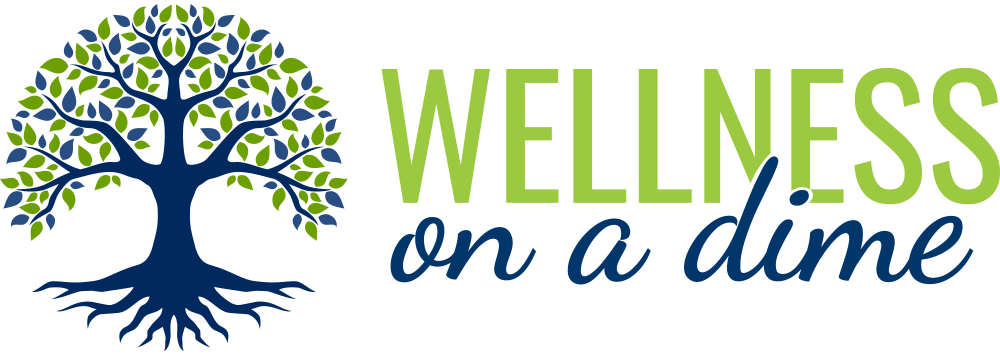
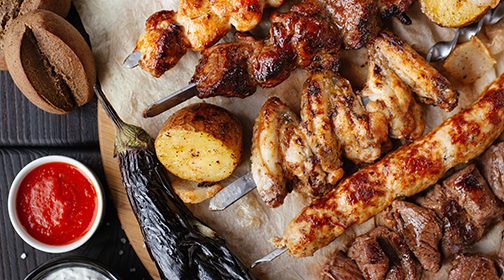
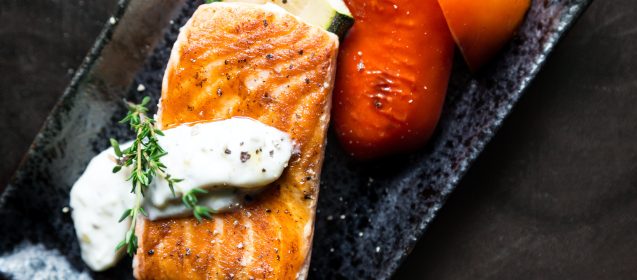
 If you live in Louisiana, you probably know someone battling depression. There are many ways to fight depression, from exercising regularly to changing the foods you eat. Of course, we’re not talking about severe depression. You can still change your diet and add exercise but always seek professional help. Depression can occur for many reasons. Some are more obvious, like losing a loved one. Some are hidden. Depression can also occur due to biological factors.
If you live in Louisiana, you probably know someone battling depression. There are many ways to fight depression, from exercising regularly to changing the foods you eat. Of course, we’re not talking about severe depression. You can still change your diet and add exercise but always seek professional help. Depression can occur for many reasons. Some are more obvious, like losing a loved one. Some are hidden. Depression can also occur due to biological factors.
 People who don’t know any vegetarians often picture them as lean and lanky, able to lose weight at the drop of a hat. However, there are some overweight and obese vegetarians. Choosing a vegetarian diet doesn’t automatically mean you’ll be thinner. Losing weight is all about the calories consumed. Vegetarians consume milk, eggs, or both. There are vegetarian candy bars, puddings, and junk food. The Impossible burger, a meatless alternative to the Whopper, is vegetarian. Both have approximately the same number of calories. If you’re vegetarian and live on junk food, you’re more apt to be round than lean and lanky.
People who don’t know any vegetarians often picture them as lean and lanky, able to lose weight at the drop of a hat. However, there are some overweight and obese vegetarians. Choosing a vegetarian diet doesn’t automatically mean you’ll be thinner. Losing weight is all about the calories consumed. Vegetarians consume milk, eggs, or both. There are vegetarian candy bars, puddings, and junk food. The Impossible burger, a meatless alternative to the Whopper, is vegetarian. Both have approximately the same number of calories. If you’re vegetarian and live on junk food, you’re more apt to be round than lean and lanky.
 Your face changes as you age. It can sag due to less collagen, get wrinkled and even gain weight. For some people weight gain occurs all over the body. Metabolism slows as you age for many reasons. Muscle mass is lost. Weight gain on the face, just like weight gain on the body doesn’t happen overnight. To avoid gaining weight on the face follow the same rules to avoid gaining on your body, exercise regularly and follow a healthy diet. It can prevent the accumulation of fat on your waist, arms, legs, face, and neck.
Your face changes as you age. It can sag due to less collagen, get wrinkled and even gain weight. For some people weight gain occurs all over the body. Metabolism slows as you age for many reasons. Muscle mass is lost. Weight gain on the face, just like weight gain on the body doesn’t happen overnight. To avoid gaining weight on the face follow the same rules to avoid gaining on your body, exercise regularly and follow a healthy diet. It can prevent the accumulation of fat on your waist, arms, legs, face, and neck.
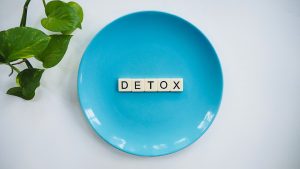 Between toxic sites and flooding, people in Louisiana may find that a detox makes them feel better. It also helps if you’ve made poor dietary choices and need a dietary reset. Look at the product you use in your own home. Shampoo, cleaning products, and abuse of cigarettes, alcohol, or food add to the problem. Detoxing isn’t a new fad. It’s been around for years. It’s a way to give your organs a rest, remove toxins, let inflammation subside, and allow your body to build new healthy cells.
Between toxic sites and flooding, people in Louisiana may find that a detox makes them feel better. It also helps if you’ve made poor dietary choices and need a dietary reset. Look at the product you use in your own home. Shampoo, cleaning products, and abuse of cigarettes, alcohol, or food add to the problem. Detoxing isn’t a new fad. It’s been around for years. It’s a way to give your organs a rest, remove toxins, let inflammation subside, and allow your body to build new healthy cells.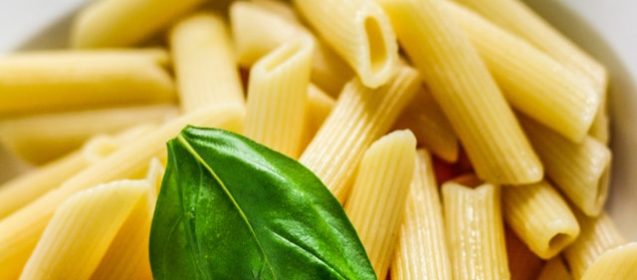
 If you’re considering a low-carbohydrate diet, you need to know the number of grams of carbs you should normally eat and reduce that amount. Low-carbohydrate diets can be successful for several reasons. One of those is that many foods high in calories are also high in carbohydrates. Simple sugars and food with added sugar are high in carbs. Highly processed foods often are too. Both groups of foods are also high in calories, which can pack on the pounds.
If you’re considering a low-carbohydrate diet, you need to know the number of grams of carbs you should normally eat and reduce that amount. Low-carbohydrate diets can be successful for several reasons. One of those is that many foods high in calories are also high in carbohydrates. Simple sugars and food with added sugar are high in carbs. Highly processed foods often are too. Both groups of foods are also high in calories, which can pack on the pounds.
 Even though it’s beautiful and the people are friendly, just like living anywhere, there are some stressful times for everyone living in Louisiana. If you’re having problems with weight loss, consider stress management. Stress is a killer. It can affect the entire body and cause you to gain weight. That’s right! It’s all about the hormones created when you feel stressed and many of the chemical reactions in the body. Maybe the same things that put you on tilt also put pounds on your belly.
Even though it’s beautiful and the people are friendly, just like living anywhere, there are some stressful times for everyone living in Louisiana. If you’re having problems with weight loss, consider stress management. Stress is a killer. It can affect the entire body and cause you to gain weight. That’s right! It’s all about the hormones created when you feel stressed and many of the chemical reactions in the body. Maybe the same things that put you on tilt also put pounds on your belly.
 Staying or improving your fitness can provide big rewards if you’re pregnant. It can make delivery easier and keep your energy and spirits higher. It’s not safe for everyone, but for most people with no complications, the right types of workouts are recommended. What are the right types of workouts? They vary by fitness level and how active you were before you became pregnant.
Staying or improving your fitness can provide big rewards if you’re pregnant. It can make delivery easier and keep your energy and spirits higher. It’s not safe for everyone, but for most people with no complications, the right types of workouts are recommended. What are the right types of workouts? They vary by fitness level and how active you were before you became pregnant.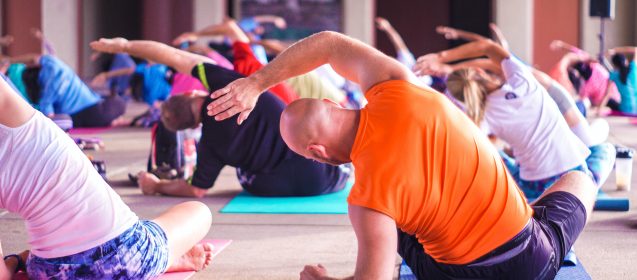
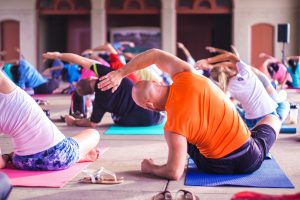 If you want a safer workout that will keep you fit, low-impact exercises are a good option. They’re excellent for people with injuries, joint issues, back problems, or those who are older, out of shape, or pregnant. Low impact means you aren’t jumping or pounding your feet on the ground. They’re exercises where at least one foot is always on the ground. You won’t be jumping so you reduce the risk of joint injury, disc compression, or other musculoskeletal problems.
If you want a safer workout that will keep you fit, low-impact exercises are a good option. They’re excellent for people with injuries, joint issues, back problems, or those who are older, out of shape, or pregnant. Low impact means you aren’t jumping or pounding your feet on the ground. They’re exercises where at least one foot is always on the ground. You won’t be jumping so you reduce the risk of joint injury, disc compression, or other musculoskeletal problems.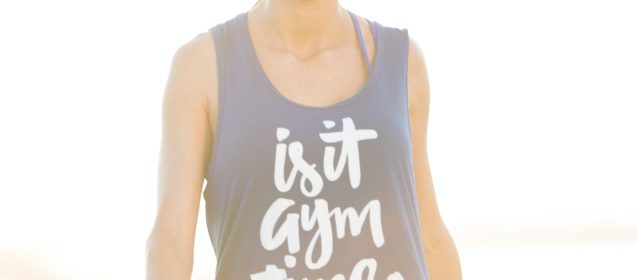
 Fitness requires more than one day’s attention or even working at it for a week or two. It requires a consistent effort. That’s one of the reasons people aren’t fit. They lose interest, hate working out, or don’t like to exert all that effort. It’s mostly about their mindset. You can go from unfit to gym lover but the first thing you have to do is identify why you don’t workout. If you have time for fun activities, it’s not because you lack time. Once you know, make that information work for you.
Fitness requires more than one day’s attention or even working at it for a week or two. It requires a consistent effort. That’s one of the reasons people aren’t fit. They lose interest, hate working out, or don’t like to exert all that effort. It’s mostly about their mindset. You can go from unfit to gym lover but the first thing you have to do is identify why you don’t workout. If you have time for fun activities, it’s not because you lack time. Once you know, make that information work for you.